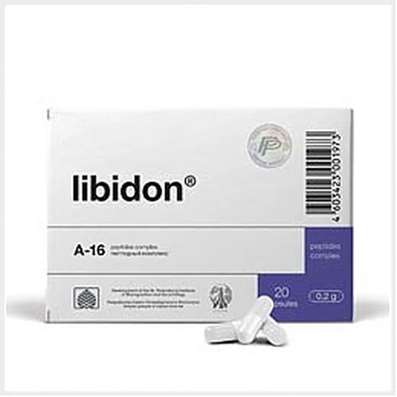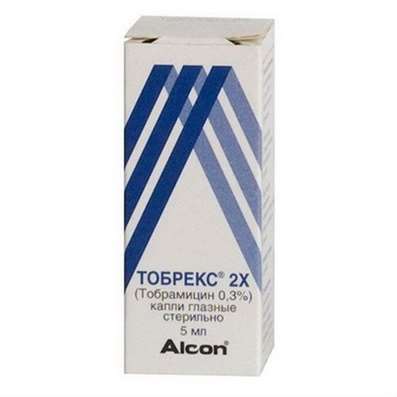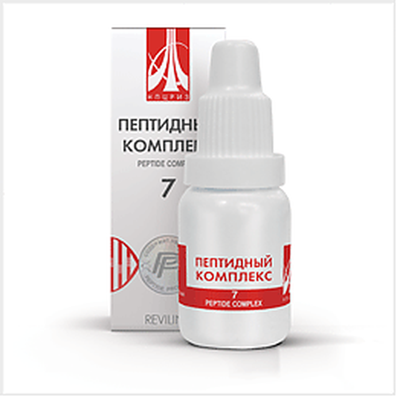Instruction for use: Epomax
I want this, give me price
Dosage form: Solution for injection
Active substance: Epoetinum omega
ATX
B03XA Other anemia drugs
Pharmacological group:
Stimulators of hemopoiesis
The nosological classification (ICD-10)
D63.8 Anemia in other chronic diseases classified elsewhere: Anemia in chronic diseases; Anemia in immunological disorders; Anemia in peptic ulcer; Anemia in kidney diseases; Anemia with HIV treatment; Anemia in the background of chronic renal failure; Anemia in patients with myeloma; Symptomatic anemia; Symptomatic anemia of renal genesis; Anemia in HIV-infected patients; Renal anemia
Composition and release form
1 bottle with 1 ml solution for injection contains epoetin omega 2000 or 4000 IU. Other ingredients: sodium chloride 8.18 mg, monobasic sodium phosphate 1.56 mg, sodium hydroxide to maintain pH at a value of 7.2, human serum albumin 1.0 mg, water for injection; In the box there are 6 bottles.
Characteristic
Human recombinant erythropoietin is a glycopeptide obtained by the genetic engineering method (DNA recombination method).
Pharmachologic effect
Mode of action - Erythropoietic.
Indication of the drug Epomax
Anemia in the background of chronic renal failure.
Contraindications
Hypersensitivity (including to human serum albumin or derivative products from mammals), uncontrolled arterial hypertension.
Application in pregnancy and breastfeeding
It is not recommended, although it is permissible in the II and III trimesters according to strict indications and in the lowest doses. Breastfeeding mothers should be refused breastfeeding for the period of treatment.
Side effects
Arterial hypertension, thrombosis, hyperkalemia, influenza-like syndrome (headache, chills, myalgia). In some cases - anaphylactic shock and other adverse reactions: edema, fatigue, spasms of the calf muscles, tachycardia, hypotension, angina, bronchitis, diarrhea, skin itching.
Dosing and Administration
SC, IV, the initial dose is 20-50 IU / kg body weight 3 times a week with a gradual increase in the dose or frequency of administration until the effect is achieved. When levels of hemoglobin (120 g / dl) and hematocrit (35% by volume) are exceeded, treatment is stopped or the dose is reduced. With an unsatisfactory therapeutic response in the initial phase, prescribe for 2 weeks 3 times a week to achieve values of 40-55 IU / kg (not more than 120-165 IU / kg per week). If necessary, the dosage can be increased to 60-75 IU / kg (not more than 180-225 IU / kg per week). The course is continued until normal hemoglobin levels reach 100-120 g / dl and hematocrit 30-35 volume%. The total weekly dose should not exceed 225 IU / kg. The level of hemoglobin and hematocrit are normalized within 3-4 weeks. The maintenance dose (to maintain the achieved values of ± 10%) is 60-100 IU / kg per week in 2-3 doses. The maximum maintenance dose is 200 IU / kg 3 times a week (600 IU / kg per week). When the values of hematocrit and hemoglobin are reduced by 10% below the achieved values, it is necessary to increase the dose. Dosage is selected individually: at the beginning of each two-week period the dose can be increased by 15-20 IU / kg (the total weekly dose increases by 30-60 IU / kg). The dosage of the drug, at which the hemoglobin and hematocrit values return within the specified range, is used to continue treatment until the next increase in rates greater than 10%, or the appearance of side effects. When replacing recombinant erythropoietins with Epomax, the dose should not be higher than the dose of recombinant erythropoietin (50-75 IU / kg weekly, divided into 2-3 administrations). The expected reduction in hemoglobin level after discontinuation of treatment is 5 g / dL per week.
Overdose
It is manifested by an increase in hematocrit, hemoglobin level, blood viscosity, hypertension, thrombosis.
Treatment: drug withdrawal, antihypertensive and / or anticoagulant therapy.
Precautionary measures
In the case of development (during treatment) of hypervolemic hypertension, antihypertensive therapy should be carried out cautiously, t. Possibly a significant increase in blood viscosity. If it is not possible to influence the blood pressure level, the drug should be discarded. A hemoglobin and hematocrit test is required before reaching 100-120 g / dl for hemoglobin and 30-35% by volume for hematocrit - at least 2 times a week and then once a week. Since the appetite improves in the treatment of anemia, absorption of potassium and proteins increases, diet and dialysis are shown until normal serum potassium, creatinine, and other values are reached. In patients with thrombosis (including history), coagulation tests are performed once a month (If necessary, anticoagulant therapy is prescribed). With care appoint to patients with arterial hypertension, ischemic disease (in parallel, antihypertensive or anticoagulant therapy is performed). It is necessary to monitor the reserve iron before and during treatment weekly - the ferritin level should be above 100 ng / ml. Before starting treatment, factors that reduce the effect should be excluded: insufficiency of vitamin B12, folic acid, intoxication with aluminum, infection, corticosteroid therapy or immunosuppressants.
Storage conditions of the drug Epomax
at a temperature of 2-8 ° C.
Keep out of the reach of children.
Shelf life of the drug Epomax
2 years.
Do not use after the expiry date printed on the package.

 Cart
Cart





